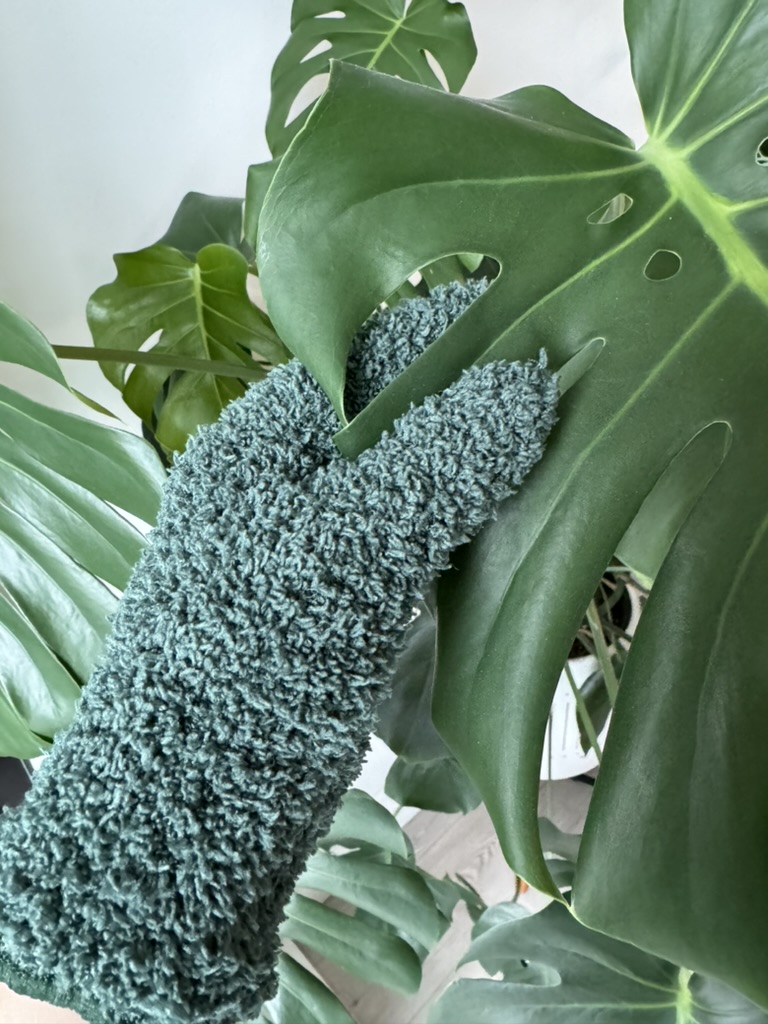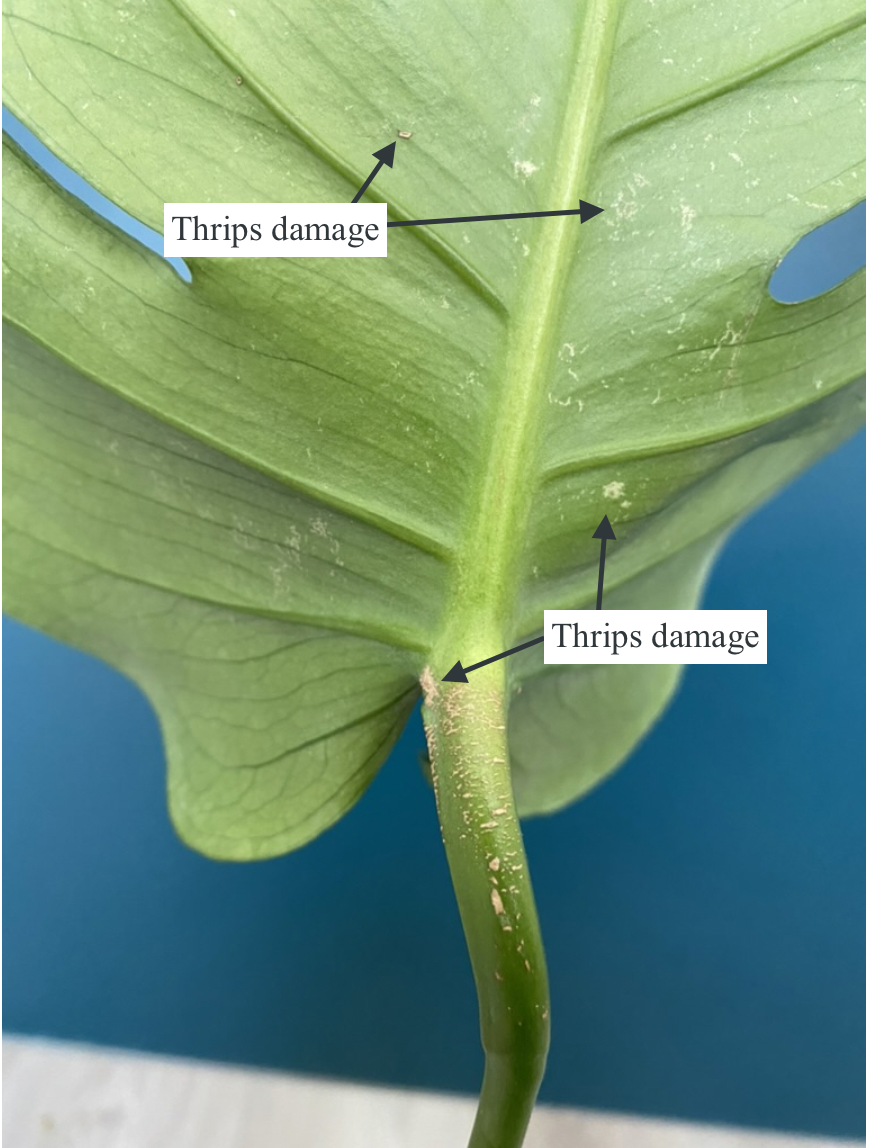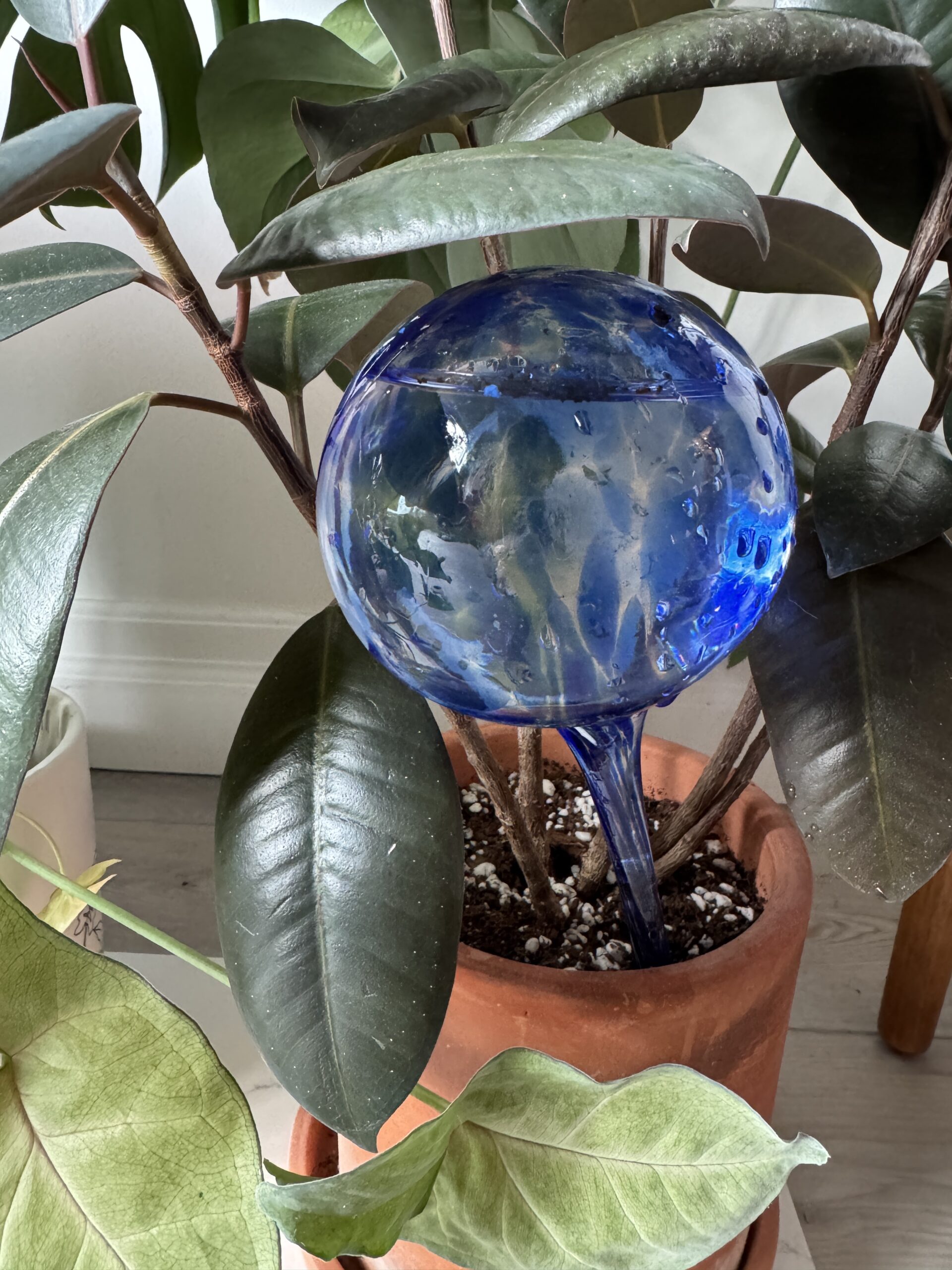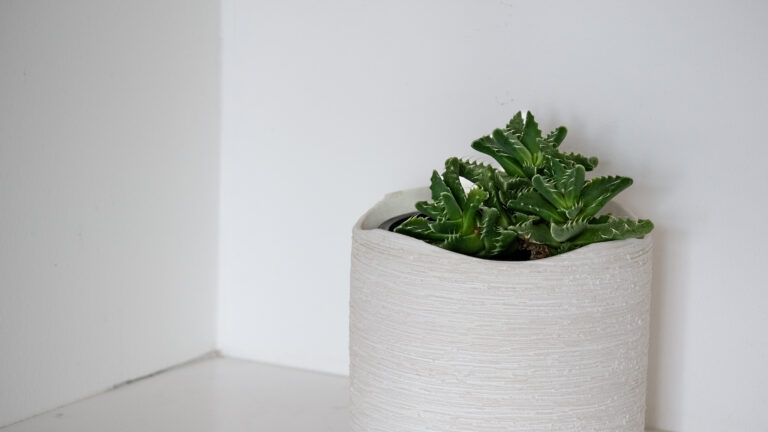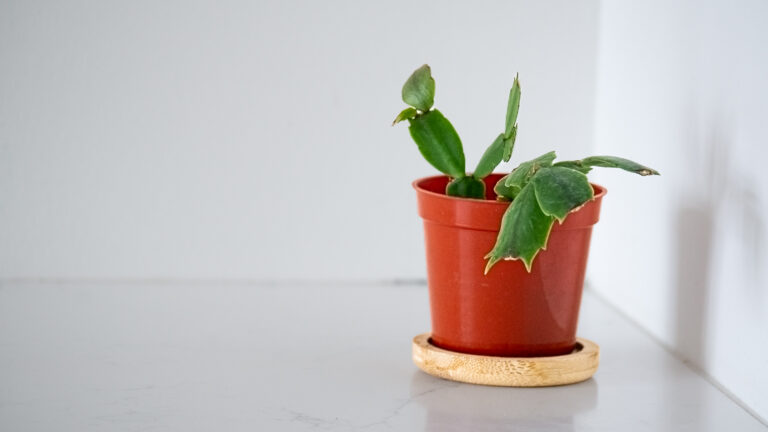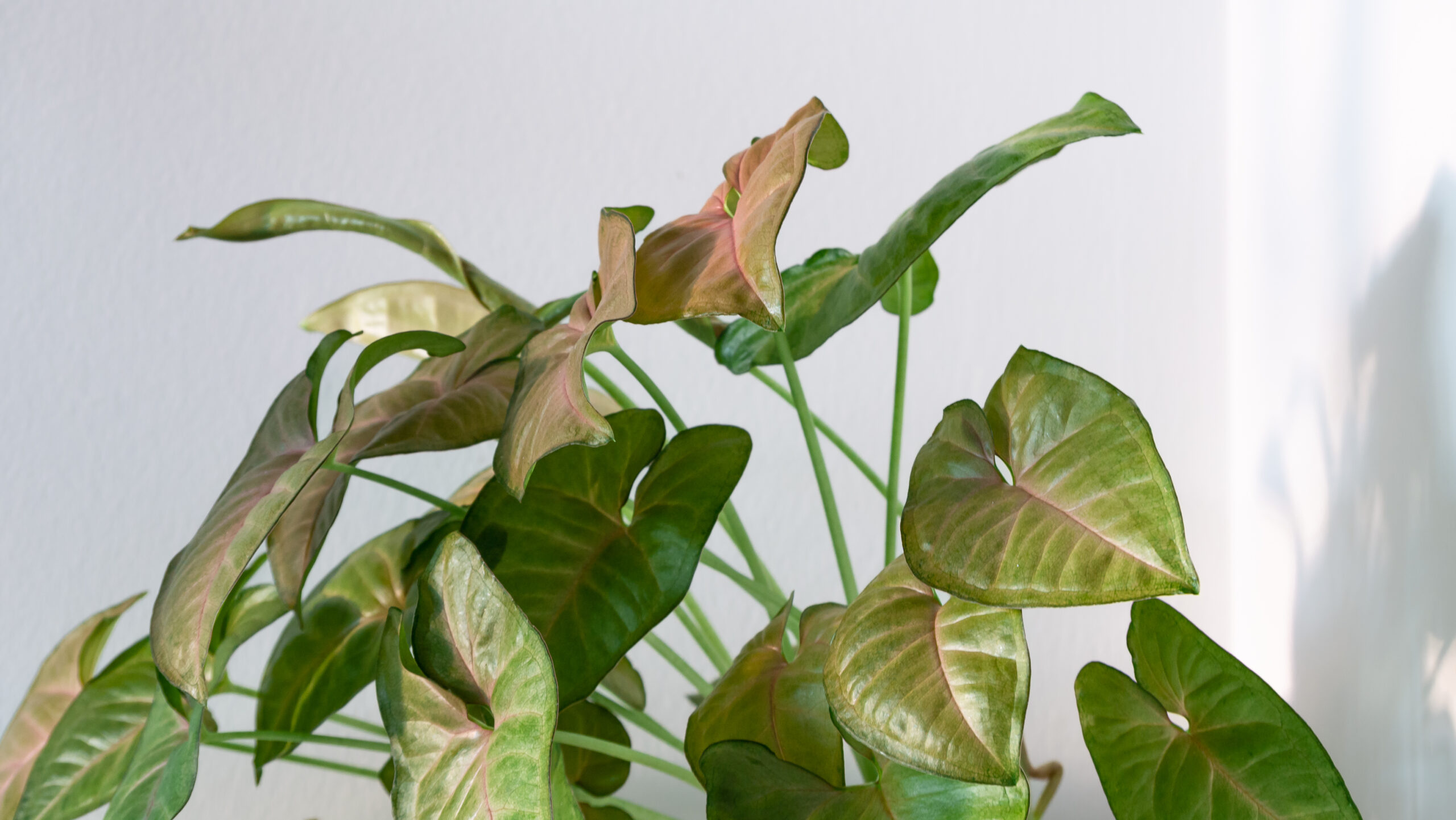ZZ Plant or Zamioculcas zamiifolia or Zanzibar Gem is a member of the Araceae family. It is native to East Africa.
Zamioculcas zamiifolia is referred to as the ZZ Plant because it is short for the first initials of the scientific name.
There are around 3,750+ species of the Araceae family, however Zamioculcas zamiifolia is the only species in its genus.
The Zanzibar Gem was first thought to be a Caladium, but was later reassigned.
ZZ Plant Appearance: Key Features
The Zamioculcas zamiifolia Plant has oval-shaped, dark green leaves attached to long, dark brown stems.
The shape is sort of like an eye or a gem.
ZZ Plant Light Requirements: Low to Bright Indirect Light
Zanzibar Gem thrives in bright, indirect light, but tolerate low light. I keep mine in the middle of a south-west facing window. Avoid prolonged direct sun to prevent leaf scorching.
Even though Zamioculcas zamiifolia can survive in low light, the more light it receives, the faster it will grow. However, ZZ cannot tolerate direct light. A few hours in the early morning or late evening is fine, but outside of this time, the sun would be too much, and can lead to scorched leaves.
Ideal Temperature & Humidity for ZZ Plants
Temperature for ZZ
Zamioculcas zamiifolia prefers a temperature between 18-24 degrees celsius. They can tolerate 13–35°C for short periods, but I would try to avoid this and keep it to 18-24 degrees celsius.
Humidity for ZZ
ZZ Plants also prefer low humidity, but do well in average household humidity levels (40-60%). You don’t need to keep your ZZ near a humidifier. Mine is in the same room as my Levoit Hybrid Ultrasonic Humidifier (LV600HH)), but this is mostly because it shares a room with my tropical plants, and tropical plants need to be in a room of at least 40% humidity.
How Does the ZZ Plant Grow?

On average, ZZ Plants can grow up to 2-3 feet indoors. Sometimes, they can reach 4 feet.
New foliage grows out of rhizomes from below the soil. You will see new, brighter green leaves, attached to a dark stem erupt from the soil. This plant grows up right, but may lean if growing towards the sun.
Fertilizing ZZ
For optimal growth, fertilize your ZZ monthly in the spring/summer with a balanced fertilizer (e.g. 10-10-10, diluted to half strength).
Repotting ZZ Plant
If your ZZ plant has outgrown its pot, check-out my guide on everything you need before you start your repot. Make sure you use a well-draining soil mix when repotting your ZZ Plant (e.g. cactus/succulent mix with perlite (3:1 ratio) for optimal drainage).
Do ZZ Plants Bloom? What to Expect
Zanzibar gem can bloom, but it is not common when growing the plant indoors.
Indoor ZZ plants primarily focus their energy on growing leaves vs. flowering (especially since they thrive in low-light conditions where blooming is less likely to occur).
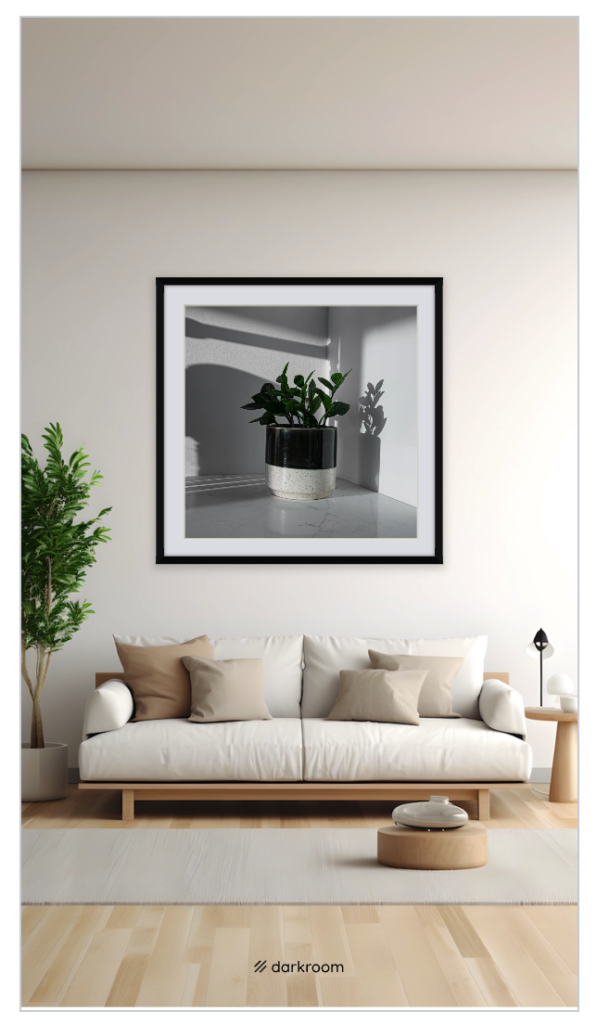
Best ZZ Plant Propagation Method
The easiest way to start a new ZZ Plant is by offset division.
Below the soil, offsets will grow out from rhizomes. On the surface, you will see newer, smaller plants emerge.
Make sure the offshoots are at least 2 to 3 inches tall. Pull the plant from its pot and separate the different plants from each other. You will likely have to gently detangle the roots.
Pot the offshoots into well-draining soil. Water the soil lightly and place in a bright location with indirect light.
You can also propagate Zamioculcas zamiifolia by leaf cuttings, but this can take a whole year, so I would focus on division.
How to Water Your ZZ Plant: Schedule & Tips
The ZZ Plant likes to dry out between waterings (about once a month). This plant can survive months without watering so its better to underwater instead of overwatering, making this a great plant for travellers!
To determine if your plant needs water, you can stick your finger in the soil (1 to 2 inches) and if it is dry, its ready for water! If you don’t want to get your hands dirty, you can try a moisture meter.
I typically bottom water my Zamioculcas zamiifolia through the drainage hole of the pot on a base tray. It’s the easiest way to know if your ZZ Plant is thirsty or not. Overwatering can lead to fungus gnats, root rot, or the death of your plant.
You can top water, but it’s best to do so in a pot with drainage. If your pot doesn’t have drainage, you might accidentally overwater your plant.
You should top water from time to time to make sure any built up minerals can wash through the ZZ Plant’s soil. The water should drip out of the bottom of your drainage hole.
If you are going to be gone for longer than a month, I have created a guide on vacation plant care, based on my own experiences to help you keep your plants alive while you are away.
ZZ Plant Common Pests & Problems (and How to Solve Them)
ZZ Plant can face the following pests and problems.
ZZ Plant Pests: Mealy Bugs, Aphids, and Fungus Gnats
- Mealy Bugs: These look like little white cotton balls on the ZZ Plant. You can remove these with your fingers if you catch them early enough, but I would use a cotton swab with a drop of Isopropyl alcohol and try to scrape them off the stem.
- Aphids: Aphids are small, insects that cluster under leaves and stems of the ZZ Plant. They can appear white, brown, black, gray, light green or yellow. If you see distortion, wilting or yellowing leaves, this can be a sign of aphids. You should be able to spray them off with a strong stream of water or using insecticidal soap.
- Fungus gnats: Spray the ZZ Plant with a mixture of neem oil, dish soap and water. I also let the soil dry out and add dryer sheets on top of the soil so the gnats can’t sense the moisture on the soil. You can also use Yellow Sticky Traps to attract the fungus gnats to it instead of the soil.
ZZ Plant Problems: Yellow Leaves, Root Rot, Pest Control, and More
- Overwatering: Root rot happens from overwatering your ZZ Plant with insufficient drainage. You can improve the drainage of your plant by ensuring your plant is potted in a planter with a drainage hole and using a well draining soil (something with a decent amount of perlite). You can also end up with fungus gnats or fungal disease from overwatering.
- Yellowing Leaves: This is likely from overwatering, but it can also be related to the natural life cycle of the plant. If the leaves are yellow and the soil is soaked, it’s likely an overwatering issue.
- Underwatering: Even though ZZ Plants prefer to be underwatered over overwatered, you still have to remember to water it on a consistent schedule. Signs of underwatering an include leaves becoming shrivelled, discoloured or dry.
- Cold temperatures: Damage from cold temperatures can lead to vulnerability to disease, visible discolouration, growth stagnation or death on the ZZ Plant. You can prevent this by making sure your plant is not exposed to environments below the recommended temperatures.
- Etiolated: Being etiolated (or leggy) happens if the ZZ Plant doesn’t get enough sun. The stems will grow really long trying to reach the sun. The stems will also be thinner. Move it closer to the sun and new growth will grow in more compact.
Are ZZ Plants Toxic? Safety for Pets & Humans
Zamioculcas zamiifolia is moderately toxic to humans and pets if ingested. The plant contains calcium oxalate crystals, which can cause irritation if ingested or if the sap comes into contact with skin or eyes.
For pets (like cats and dogs), ingestion may lead to symptoms such as drooling, vomiting, diarrhea, and/or oral discomfort. Humans may experience skin rashes, eye irritation, or mild swelling if exposed to the plant’s sap or if small amounts are ingested. While the plant is mildly toxic, severe reactions are rare and fatalities have not been reported.
If you have a pet or child that is prone to trying to eat plant leaves, its best to place this plant out of reach, or avoid bringing it into your home all together.
ZZ Plant Quick Care Guide
| Scientific Name | Zamioculcas zamiifolia |
| Nickname | ZZ Plant, Zanzibar Gem |
| Origins | East Africa |
| Light | Indirect, low light |
| Temperature | 18-24 degrees celsius (preferred) |
| Humidity | Low |
| Height | Up to 4 feet |
| Blooms | Yes (but unlikely) |
| Propagate | Division, Cuttings |
| Water Frequency | When dry (likely once a month) |
| Pests | Mealy Bugs, Aphids, Fungus Gnats |
| Common Problems | Overwatering (root rot, yellow leaves, fungal disease), underwatering, cold temperatures |
| Toxicity | Moderate (not safe when ingested) |
References
Below is a list of external sources I consulted while writing this post. This post is a mixture of my own experiences, and the external sources listed below:
Jomo Studio – ZZ Plant
Wikipedia – Zamioculas & Araceae
The Spruce – Zanzibar Gem

